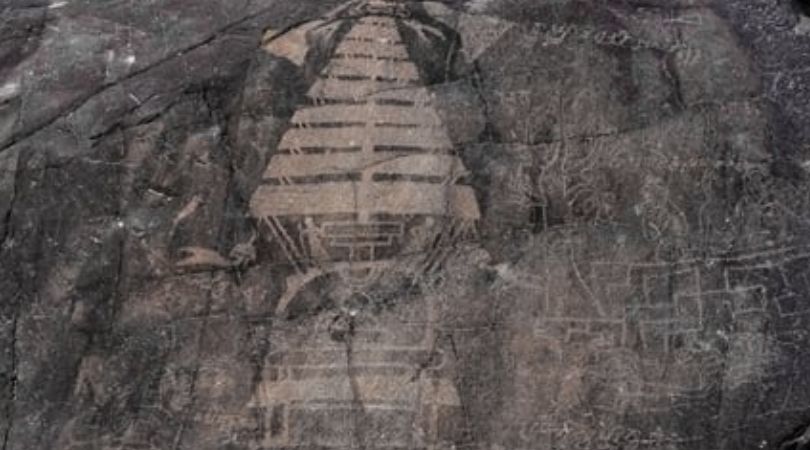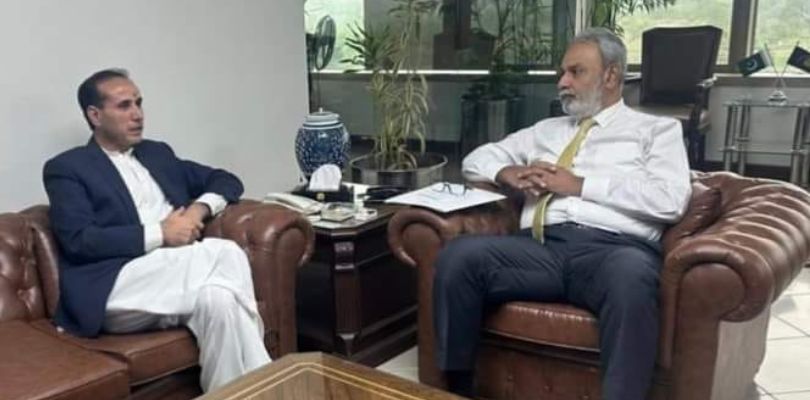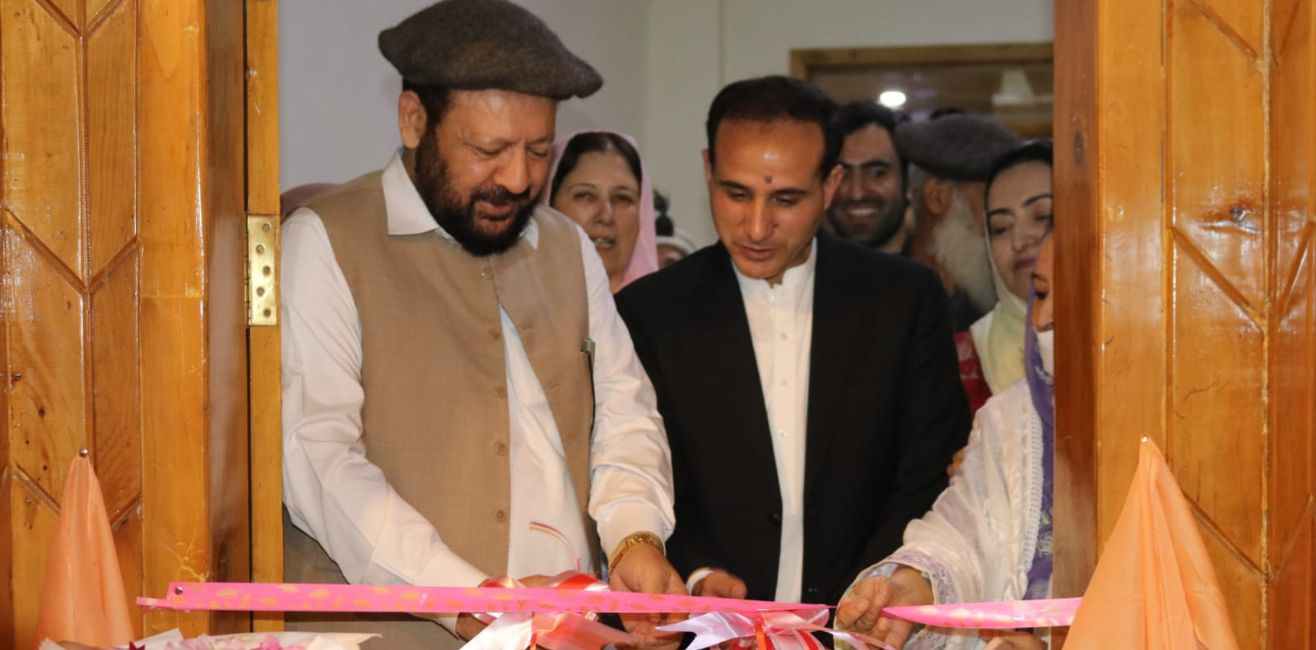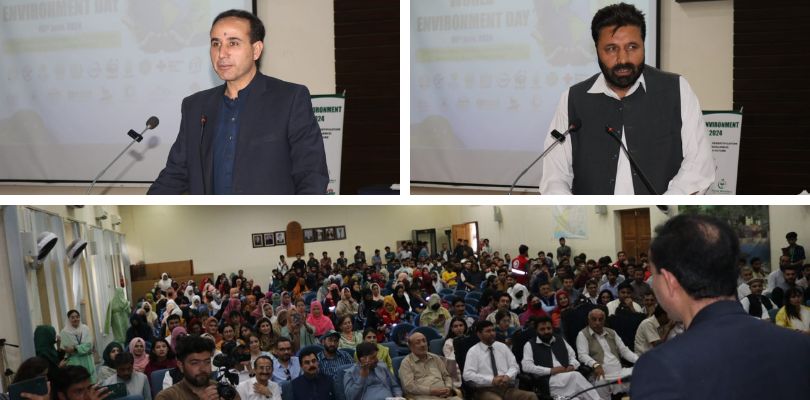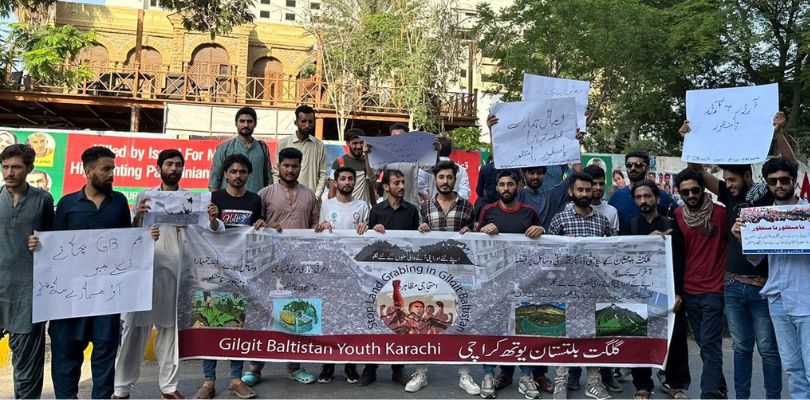By: Israruddin Israr
According to a national newspaper, WAPDA (Water and Power Development Authority) has signed a contract worth 46 million rupees with a private company to preserve the ancient artifacts, rock carvings, and petroglyphs found at the site of the Diamer-Bhasha Dam using digital technology. The artifacts and carvings, numbering more than ten thousand, date back from the Stone Age to the Buddhist era. This is a valuable historical treasure and cultural heritage.
The specific conditions of the contract regarding the ownership of copyrights of this heritage have not been made public yet. It remains unclear whether the copyrights of these historical artifacts will be held by WAPDA, the federal government, the Department of Archaeology in Gilgit-Baltistan, or the government of Gilgit-Baltistan.
Many of the prehistoric inscriptions found in various parts of Gilgit-Baltistan contain valuable information regarding ancient religions, lifestyles, practices, and events.
Isararuddin
This contract concerning the preservation of this historical heritage must be made public so that it is clear who will hold the copyrights to this invaluable historical treasure. The future utilization of this heritage could potentially bring significant revenue, thus transparency regarding the ownership of rights is crucial.
Gilgit-Baltistan’s mountains, valleys, and challenging terrains are rich in ancient artifacts, carvings, and rock inscriptions, which hold historical significance. Most of the carvings contain samples of script written in Sanskrit and other ancient languages. Experts believe that much of the prehistoric inscriptions contain valuable information about religions, lifestyles, Buddhist practices, and events.
Unfortunately, there hasn’t been any serious effort on the governmental level to preserve this cultural and historical heritage. In the past, many important artifacts, inscriptions, carvings, and manuscripts have been stolen or sold, and now they adorn the homes of influential individuals, or they have been lost. Sculptures of Buddha were once visible at several locations in Gilgit-Baltistan, but now they are nowhere to be seen. Only the Buddhist monastery remains intact, as it was built on a high and difficult-to-reach cliff, making it inaccessible to the general public.
Moreover, governmental efforts have been made to preserve Yeshini (Buddhist) by creating pathways for tourists. Last year, a group of Buddhist monks from Korea came and performed their rituals.
Previously, numerous ancient artifacts, inscriptions, carvings, and manuscripts were either stolen, sold, or lost, now adorning the homes of influential individuals or disappearing entirely.
Israruddin Israr
Due to the government’s neglect, a significant portion of this cultural and historical treasure has been lost or fallen into the hands of unknown development schemes. While development projects are essential, they should not overlook the preservation of rare artifacts, ancient sites, and the environment. Therefore, it’s essential to protect and preserve this historical and cultural heritage through a well-planned project and establish a museum and research academy in Gilgit-Baltistan to conduct further research. This would not only promote tourism but also contribute to significant economic gains.
Unfortunately, due to the lack of vision from our rulers, they prioritize the construction of cement roads, buildings, and malls over the advancement in fields such as science, literature, and technology. The world recognizes the importance of preserving history and advancing human knowledge, but our rulers seem unaware of its significance.
The International Convention on Social, Economic, and Cultural Rights is an important convention that places the responsibility of preserving cultural heritage on the state. Therefore, the government must pay attention to these important matters, which involve preserving cultural heritage and promoting research and scientific development in Gilgit-Baltistan.
The preservation of this historical and cultural heritage should be the foremost responsibility of the Gilgit-Baltistan government. Losing this heritage would mean burying our illustrious history and scientific treasure. The world preserves its history and learns from it. Unfortunately, our rulers seem ignorant of its importance even in this modern era.
The contributor is a Gilgit-based human rights activist and columnist. He can be reached at israrhrcpglt@gmail.com










